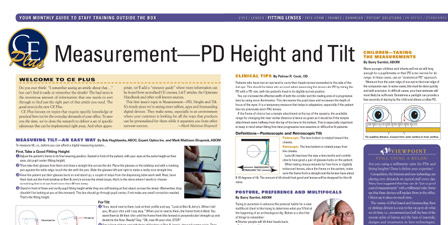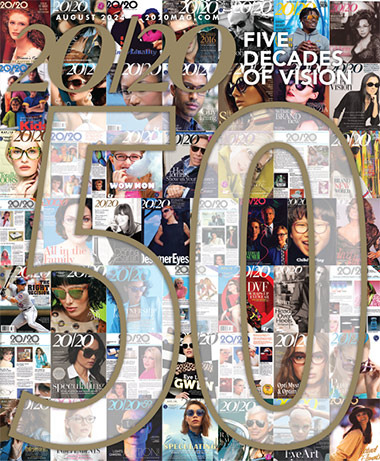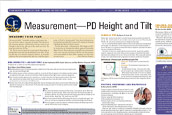
By Linda Conlin
UVA radiation, between 315 and 400 nm on the electromagnetic spectrum, is the most prevalent UV type and has been linked to some skin cancers, cataracts and accelerated skin photo-aging. Of the total UVR that reaches the Earth’s surface, 96.5 percent is UVA. In addition, longer wave UVA rays penetrate skin more deeply. Windows in our homes and workplaces are commonly made of annealed and tempered glass. Those types of glass block only about 30 percent of UVA. Windows coated to be energy efficient still allow about 20 percent of UVA through, although laminated glass blocks 100 percent. Even away from windows or at night, fluorescent light bulbs including energy efficient compact fluorescents also emit UVR and have been shown to damage skin cells in lab experiments.
Seatbelts and airbags protect us from injury in auto collisions, but even inside a car, we are exposed to UVA. Windshields made of laminated glass to reduce injuries from an accident effectively block most UVR, however side and back windows as well as sun roofs generally are not laminated, but made of tempered glass. In one study, side and back windows made from tempered glass allowed nearly 80 percent of UVA to pass through. This puts not only the driver but passengers in any seat at risk for UVA exposure. According to American and British researchers, in nations where drivers sit in the left seat, people face a higher incidence of skin cancers on the left side of the body and face. If the steering wheel is on the right, they face the same risk on the right side. When you consider hours spent in traffic or those long, leisurely road trips, would you have spent that same amount of time outdoors without sun protection?
For travel in an automobile, it is important to use sunscreen on the face and arms, as well as sunglasses for the driver and passengers. And not just any pair of sunglasses; even sunglasses that claim complete UV protection can fall short of the 400 nm standard expressed by the World Health Organization and other bodies. The ANSI/ISO standard for full UV protection is attenuation up to 380 nm, leaving a gap between 380 and 400 nm, the upper limit for UVA. In fact, the UVR spectrum between 380 and 400 nm accounts for 40 percent of total UV exposure at sea level. The best eye protection covers that gap. Then there’s the common myth that the darker the lens, the better the UV protection. Turns out that lens color or tint has nothing to do with UV blocking. Without full UV protection, darker lenses cause the pupils to dilate, allowing more UVR to enter the eye.
Indoors is another matter because it’s impractical to wear sunglasses, and 7 out of 10 clear eyeglass lenses sold in the U.S. fail to offer full UV protection up to 400 nm. In fact, the most commonly sold lens material—polycarbonate—only fully blocks wavelengths that account for 60 percent of total UVR. That’s why ZEISS has created a new standard of care by including full UV protection up to 400 nm in all ZEISS clear plastic lenses. ZEISS’ clear eyeglass lenses with UVProtect technology can now offer the same UV protection as premium sunglasses, something no other lens manufacturer is offering. ZEISS has equipped all its clear plastic lenses with UV absorbers, which can filter out UV radiation up to 400 nm. These provide the most effective protection for the anatomic structures behind the eyeglass lens. An additional back UV anti-reflective coating on the reverse side of ZEISS lenses comes standard, as do the absorbers in the material. They help protect eyes and eyelids from all UVA and UVB indoors and outdoors all day, every day.
Given the research that’s been done, we have a much better understanding of how and where indoor UVR exposure occurs. With this information and ZEISS lenses with UVProtect technology, we can now recognize the danger and take the appropriate precautions to maintain healthy skin and eyes for a lifetime.
For more information about indoor UV protection, go to our CE, “The Pane of Indoor UV Revealed” at 2020mag.com/ce.












